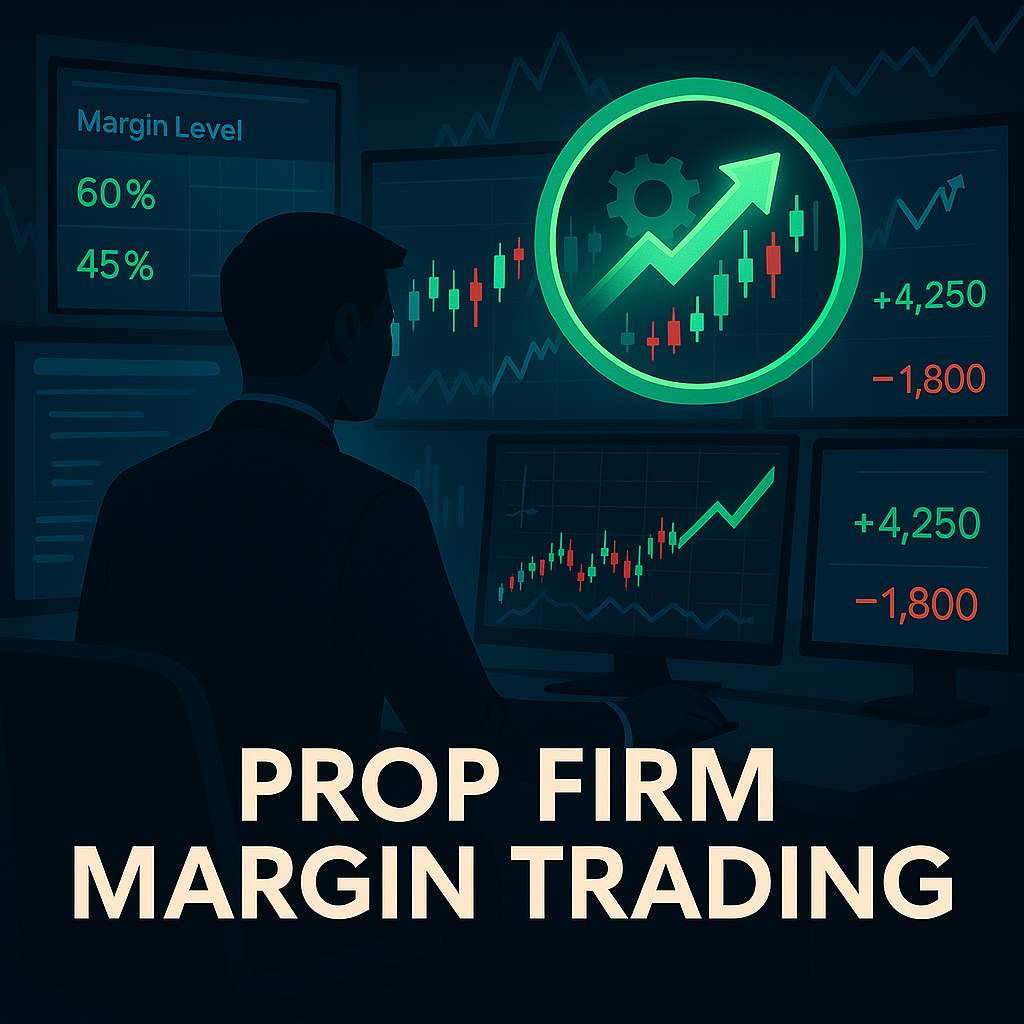Prop Firm Margin Trading: Margin Rules Explained Clearly
If you’re a trader aiming to scale up, mastering prop firm margin trading is critical. Unlike retail accounts, prop firms offer structured margin rules that impact how much capital you can control and how trades are executed. But what exactly do these rules mean for your trading strategy?
In this post, we’ll break down margin rules in the world of proprietary trading, with insights into how Larsa Capital manages risk and leverage to help traders succeed.
How Prop Firm Margin Trading Works
In proprietary trading, margin rules are designed to balance opportunity with protection. Essentially, prop firm margin trading allows you to control larger positions using borrowed funds provided by the firm. This creates greater potential returns—but also greater risk.
At Larsa Capital, margin requirements are defined based on the asset class and the type of funded account. Traders must follow strict risk limits such as daily drawdowns, total loss thresholds, and leverage caps to maintain funding eligibility.
Key Components of Prop Firm Margin Rules
Initial Margin and Maintenance Margin
Initial margin refers to the amount required to open a trade, while maintenance margin is what you need to keep the trade active. In a prop environment, these values are typically lower than in retail trading due to the firm’s risk control systems.
For example, if you’re trading forex, Larsa Capital may offer leverage up to 1:100, meaning only 1% of the trade size is required as initial margin. However, if your position moves against you and crosses risk thresholds, liquidation can occur automatically.
Leverage Limits and Risk Controls
Margin and leverage go hand-in-hand. Prop firm margin trading rules often set clear leverage limits based on the account size or phase (such as evaluation or funded). Exceeding those limits can result in trade restrictions or account termination.
To protect capital and create a fair environment, Larsa Capital enforces smart risk parameters that adjust with market volatility and performance consistency.
Why Prop Firm Margin Trading Rules Matter for Funded Traders
1. They Shape Your Strategy
Margin rules determine your position sizing and stop-loss logic. You can’t just go “all-in” on one trade—prop firm margin trading encourages a professional approach, pushing you to plan carefully and manage exposure.
2. They Prevent Catastrophic Losses
While aggressive trading may be tempting, margin rules provide guardrails. Even if a trade moves against you, the rules are designed to cap your losses. This not only protects the firm’s capital but also improves your long-term survivability as a trader.
3. They Prepare You for Institutional Environments
Many of today’s successful institutional traders started in prop firms. The structured margin environment simulates professional-level trading, helping you build habits that will serve you even beyond prop trading.
Prop Firm Margin Trading at Larsa Capital
At Larsa Capital, our margin rules are optimized for trader development. During the challenge and funded stages, traders are expected to follow margin guidelines that are both empowering and protective.
Our traders benefit from:
-
Transparent leverage rules based on asset types
-
Automated risk monitoring and protection
-
Clearly defined drawdown and margin requirements
This structure ensures you can trade confidently, knowing the system is built to support growth—not penalize progress.
Final Thoughts
Prop firm margin trading isn’t just about leverage—it’s about discipline, structure, and long-term performance. By understanding and following margin rules, traders can scale responsibly and protect their accounts from early failure.
If you’re serious about trading with real capital under smart conditions, Larsa Capital offers one of the most trader-friendly environments in the industry. Ready to take the next step? Learn the rules. Master the system. Trade like a pro.

